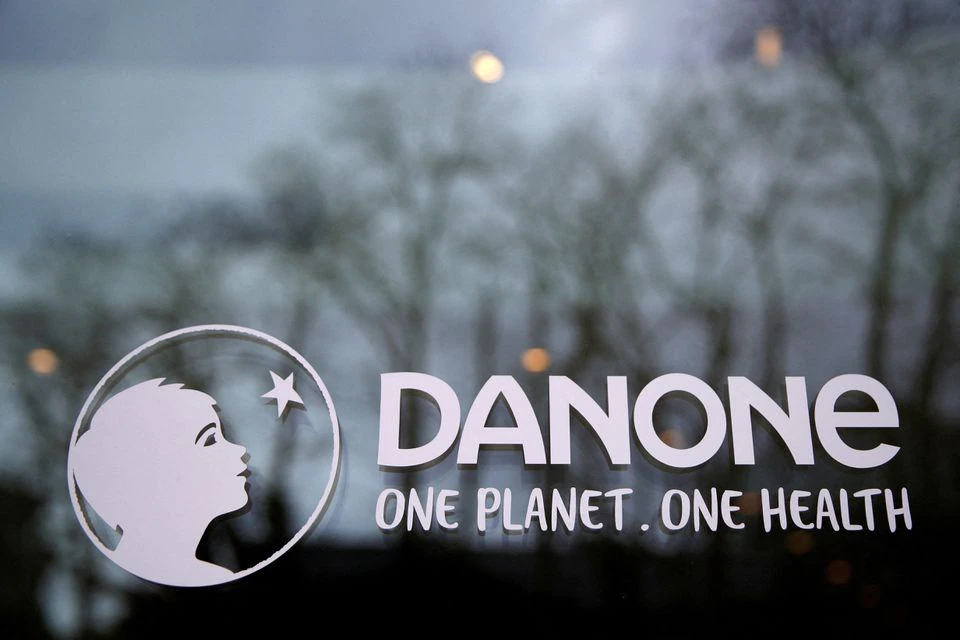Dairy giant Danone aims to cut methane emissions by 30% by 2030

Danone, one of the world’s biggest dairy companies, said on Tuesday that it plans to cut absolute methane emissions from its fresh milk supply chain by 30% by 2030 by working with farmers, other companies and governments on regenerative practices
by Richa Naidu – Reuters
Methane emissions have emerged as a top threat to the global climate, with scientists and policymakers calling for aggressive action to curb them.
At the 2021 U.N. climate summit in Glasgow, Scotland, more than 100 countries pledged a 30% cut from 2020 methane emissions levels by 2030. However, few have since carved out clear plans to reach that goal.
Danone, which works directly with 58,000 dairy farmers across 20 countries, expects to remove 1.2 million tonnes of carbon dioxide equivalent of methane emissions by 2030. Between 2018 and 2020, the French company had reduced its methane emissions by about 14%.
“We’re looking at a variety of different manure options but the costs are unknown in terms of estimating because these are new technologies that are coming out”












